There’s something mesmerizing about a lake that is so clear you can see straight to the bottom, where suspended particles are virtually nonexistent and underwater features appear in stunning detail. These pristine bodies of water represent remarkable ecological balance and often indicate exceptional environmental health in their surrounding watersheds.
Here is a list of 20 American lakes renowned for their extraordinary clarity and crystalline waters.
Lake Tahoe, California/Nevada

Straddling the California-Nevada border, this alpine jewel reaches depths of 1,645 feet while maintaining visibility that often exceeds 70 feet. The remarkable clarity comes from a granite basin that contributes minimal sediment, combined with an 85%-protected forestland watershed.
Shoreline observers can see large boulders resting on white sand dozens of feet below the surface, creating an almost tropical appearance despite the lake’s mountain setting.
Crater Lake, Oregon
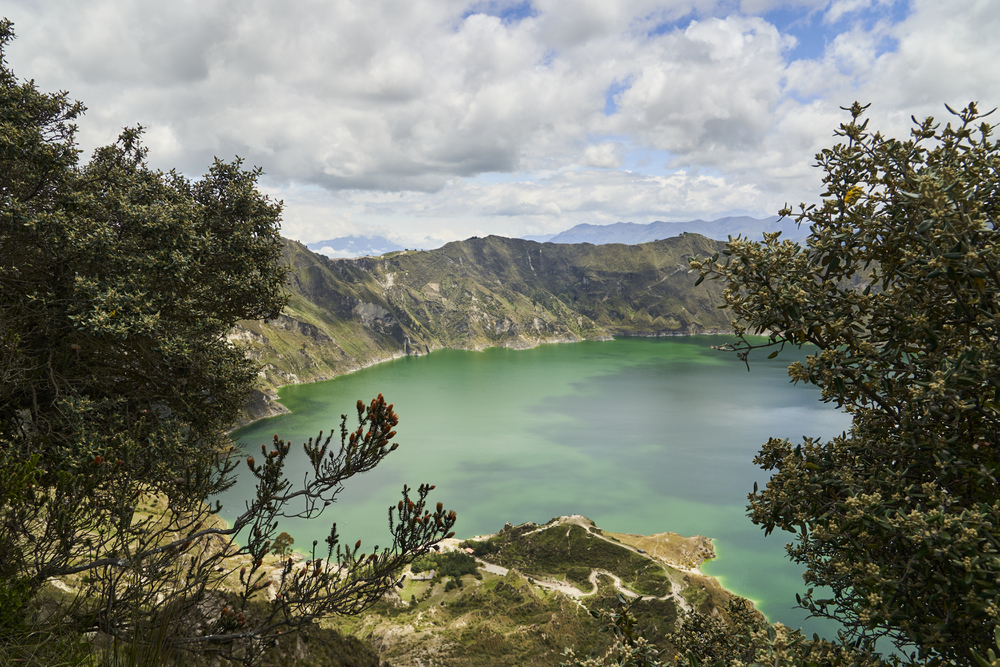
Formed in the caldera of an ancient volcano, this lake holds the record as America’s clearest and deepest at 1,943 feet. With no incoming streams carrying sediment, the water derives entirely from snow and rain, resulting in visibility regularly exceeding 100 feet.
The intense blue color comes from water molecules absorbing all other wavelengths of light, while dissolved minerals create a luminous quality that draws photographers from around the world.
Like Travel Pug’s content? Follow us on MSN.
Flathead Lake, Montana
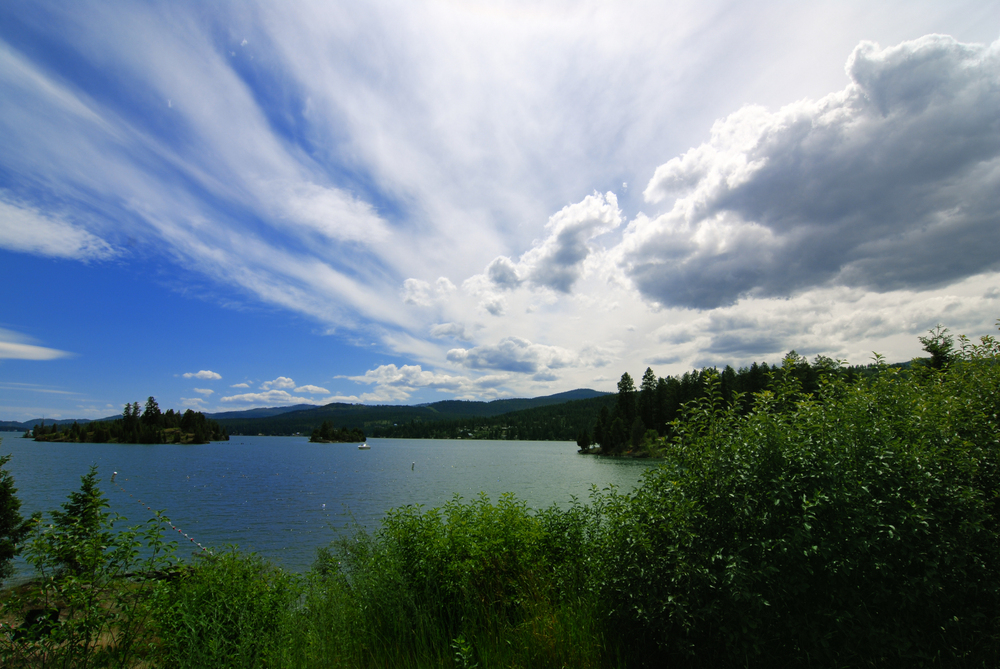
Covering nearly 200 square miles, this natural lake maintains exceptional clarity despite its massive size due to the pristine wilderness of its watershed in Glacier National Park. Kayakers often experience the surreal sensation of floating above submerged features with crystal clarity, while the lake’s Wild Horse Island provides sanctuary for wildlife that is visible from offshore vantage points.
Lake Coeur d’Alene, Idaho
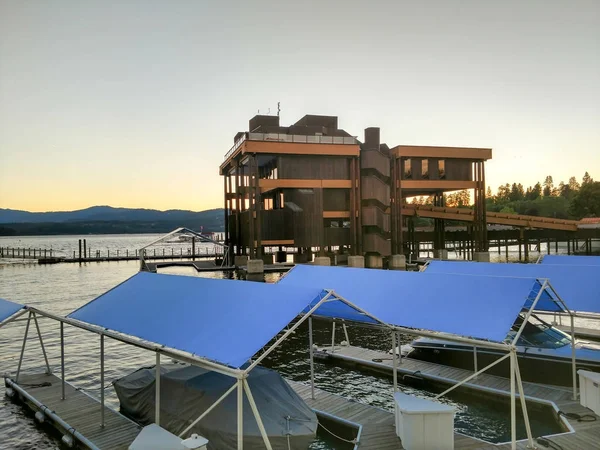
Glacial origins and a largely undeveloped watershed contribute to this Northern Idaho lake’s remarkable transparency, where underwater features remain visible at depths exceeding 30 feet. During calm mornings, perfect reflections of surrounding mountains create mirror images on the surface, while beneath, complex underwater topography becomes visible to swimmers and boaters traversing its 25-mile length.
Lake George, New York

Known as the “Queen of American Lakes,” this 32-mile-long glacial lake in the Adirondacks maintains exceptional clarity through strict environmental protections established centuries ago. The combination of gradual shoreline development restrictions and comprehensive watershed management allows visitors to see straight to the sandy bottom in many areas, revealing shipwrecks dating back to the French and Indian War.
Like Travel Pug’s content? Follow us on MSN.
Torch Lake, Michigan
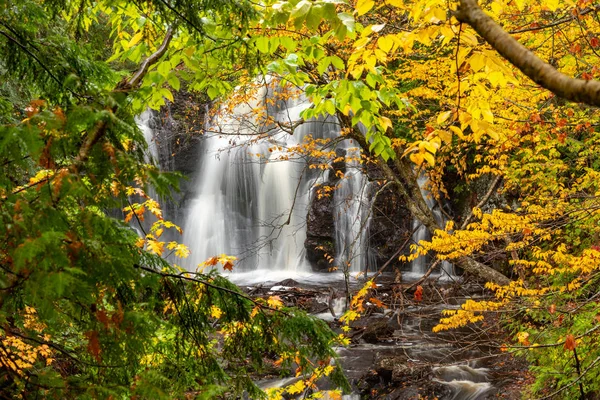
Often compared to Caribbean waters for its turquoise hues, this glacially formed lake reaches depths of nearly 300 feet while maintaining visibility that regularly exceeds 25 feet. The unusual color comes from calcium carbonate deposits that reflect blue-green light wavelengths, creating a tropical appearance that contradicts its northern Michigan location, where summer water temperatures rarely exceed 70 degrees.
Lake Superior, Minnesota/Michigan/Wisconsin

Though massive in scale, the northernmost and coldest Great Lake maintains remarkable clarity with underwater visibility often reaching 30 feet in offshore areas. The combination of minimal agricultural runoff, low population density along much of its shoreline, and cold temperatures that inhibit algae growth creates water transparency that is uncommon for such large lakes, particularly along the remote northern shores.
Jenny Lake, Wyoming
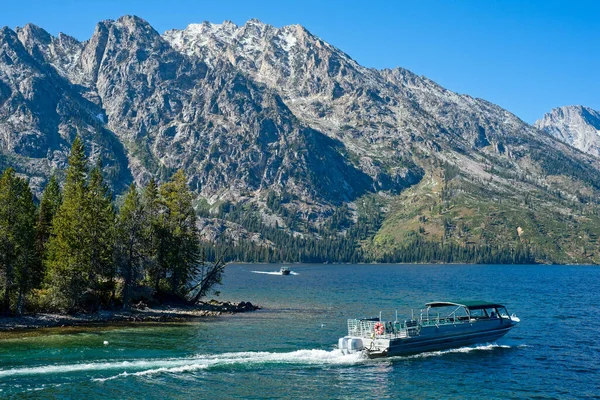
Nestled beneath the Teton Range, this glacial lake’s exceptional clarity allows visitors to see detailed underwater features from numerous vantage points along the shore or from scenic overlooks on surrounding hiking trails. The lake receives fresh meltwater directly from mountain streams, maintaining cold temperatures and minimal sediment that together create remarkable transparency—ideal for both photography and reflection.
Like Travel Pug’s content? Follow us on MSN.
Hanging Lake, Colorado
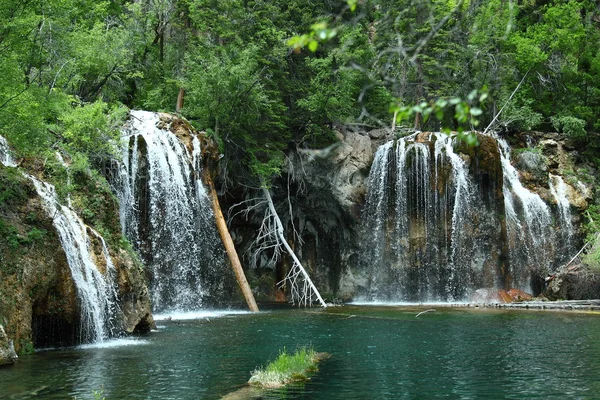
This travertine-depositing lake, perched on the edge of Glenwood Canyon, has water so transparent that suspended logs appear to float in midair rather than rest on the bottom. The unusual clarity comes from water filtering through limestone and depositing dissolved minerals that continuously build the lake’s distinctive rim, creating a natural infinity pool effect when viewed from certain angles.
Lake Chelan, Washington

Reaching depths of 1,486 feet in a glacially carved valley, this fjord-like lake maintains exceptional clarity throughout its 50-mile length. The northern reaches within North Cascades National Park show particularly remarkable transparency, where mountain runoff carries minimal sediment, allowing boaters to see detailed underwater features clearly while navigating the narrow upper valley.
Deer Lake, Washington
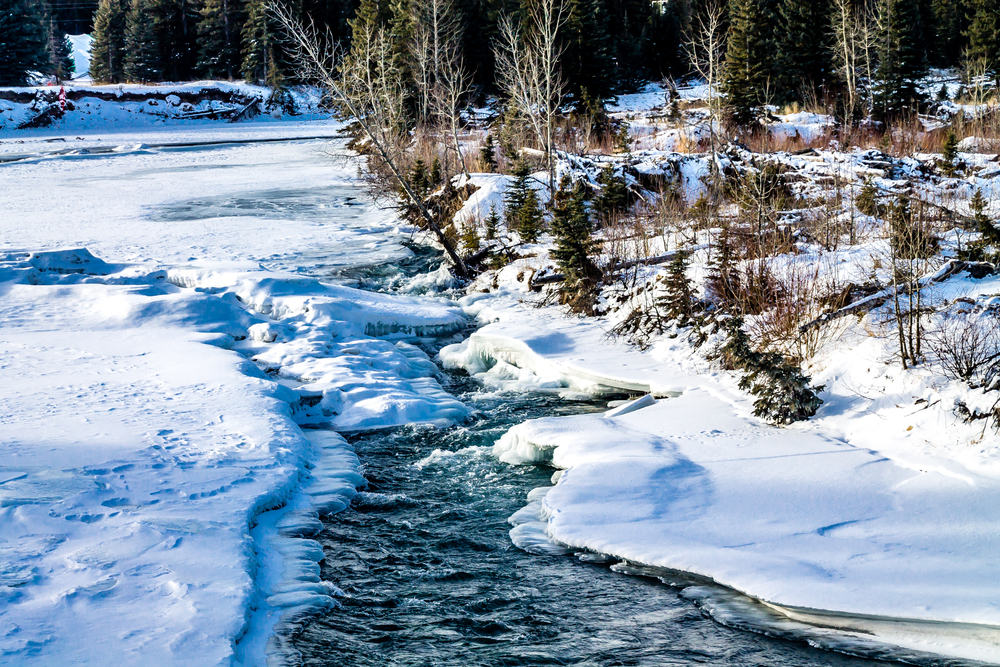
Known locally as “the lake with the blue bottom,” this kettle lake’s unusual clarity comes from calcium carbonate precipitating during summer months. This removes phosphorus from the water column and prevents algae growth. The resulting transparency allows detailed observation of the lake’s marl bottom from shore or watercraft, revealing complex aquatic plant communities growing in the mineral-rich substrate.
Like Travel Pug’s content? Follow us on MSN.
Blue Lake, Oregon
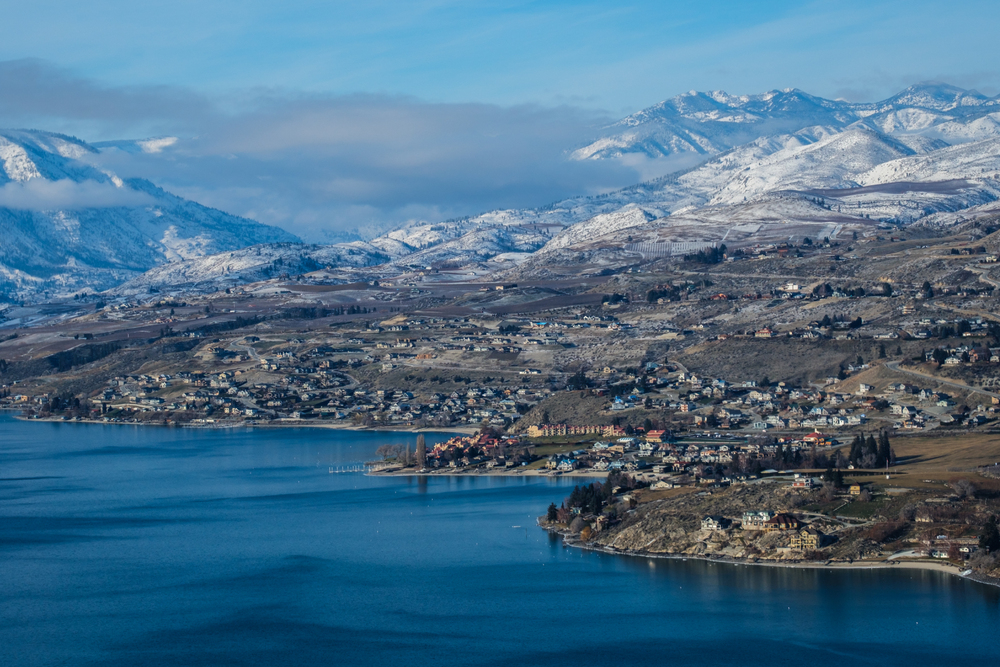
This volcanic crater lake near Sisters maintains extraordinary clarity with underwater visibility exceeding 100 feet on calm days. Scientists attribute the remarkable transparency to a combination of continuous cold water springs feeding the lake from below and minimal surface water inputs carrying sediment. The pristine conditions reveal submerged volcanic features across the lake floor with incredible detail.
Lake McDonald, Montana
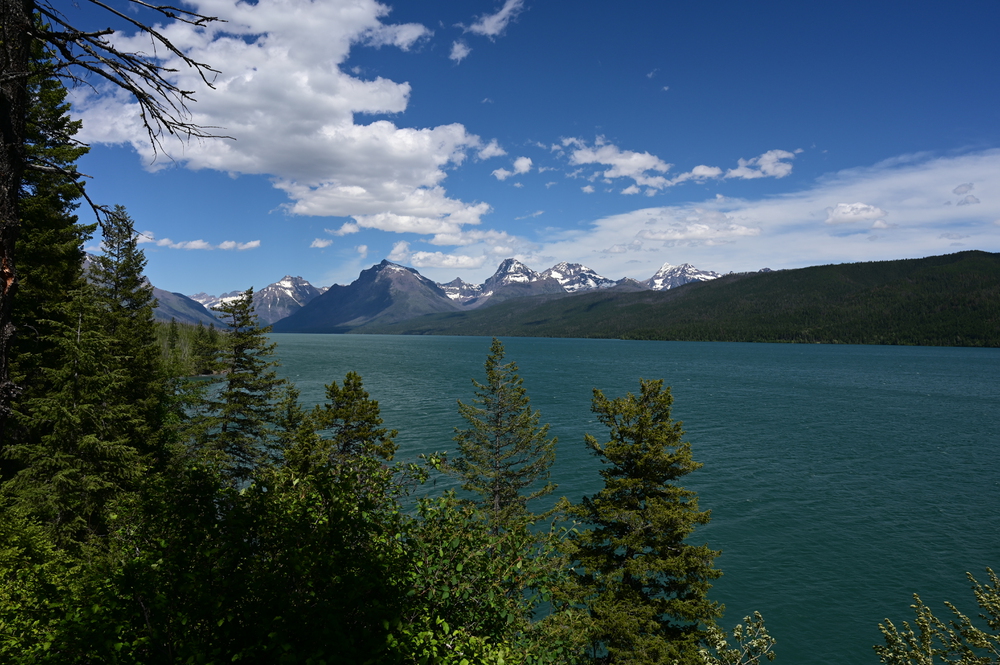
Glacier National Park’s largest lake stretches over 10 miles and has a distinctive clarity that showcases colorful underwater stones polished smooth by ancient glaciers. The lake’s position east of the Continental Divide limits rainfall and subsequent runoff that might otherwise reduce transparency. It creates ideal conditions for viewing underwater features from shore or while paddling across its surface.
Lake Michigan, Michigan/Wisconsin/Illinois/Indiana

While urban areas show reduced clarity, the northeastern shores of this Great Lake display remarkable transparency with underwater visibility exceeding 20 feet during spring months. The combination of sandy bottom composition and predominantly westerly winds that push surface pollutants away from the Michigan coastline creates crystal-clear conditions that surprise visitors expecting typical large-lake turbidity.
Like Travel Pug’s content? Follow us on MSN.
Riffe Lake, Washington
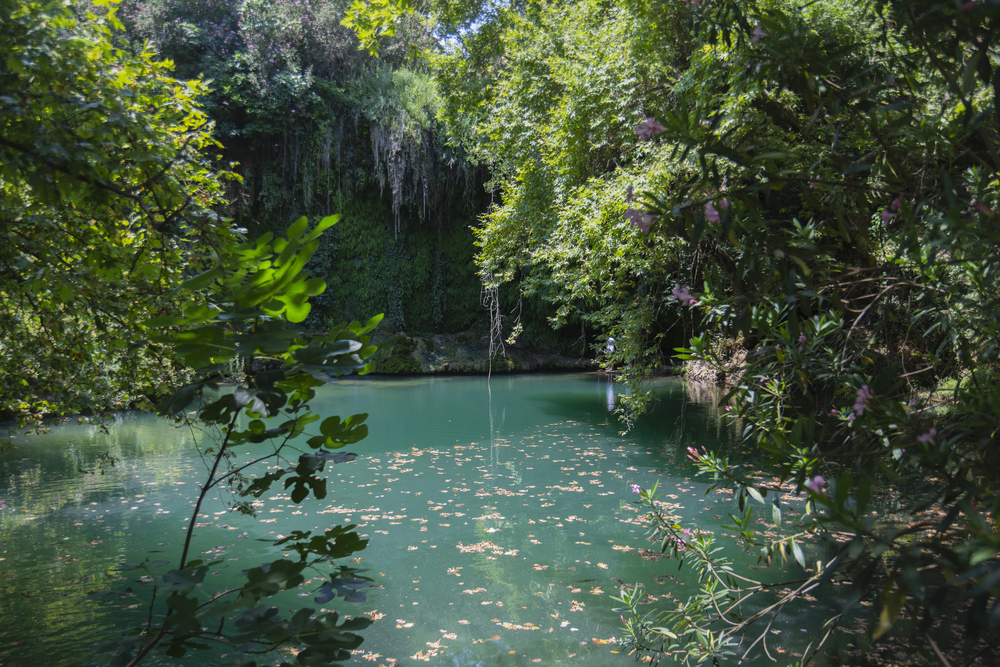
Though human-made through damming, this reservoir developed exceptional clarity through a combination of minimal agricultural runoff and a managed forest watershed. The deep green-blue waters allow anglers to observe fish swimming depths exceeding 15 feet, while submerged tree stumps from the original valley floor remain visible decades after the lake’s creation.
Yellowstone Lake, Wyoming

Despite sitting atop one of Earth’s largest volcanic systems, America’s largest high-altitude lake maintains remarkable clarity throughout much of its 136 square miles. The combination of limited development, comprehensive watershed protection, and continuous cold water inputs creates transparency, allowing visitors to observe unique hydrothermal features on the lake bottom from shore or watercraft.
Lake Winnipesaukee, New Hampshire

New England’s largest lake maintains exceptional clarity through a combination of granite basin composition and comprehensive watershed management practices established decades ago. Morning paddlers often experience the unique sensation of floating above clearly visible underwater boulders and fallen trees, which create complex habitats for the lake’s diverse fish populations.
Like Travel Pug’s content? Follow us on MSN.
Summersville Lake, West Virginia
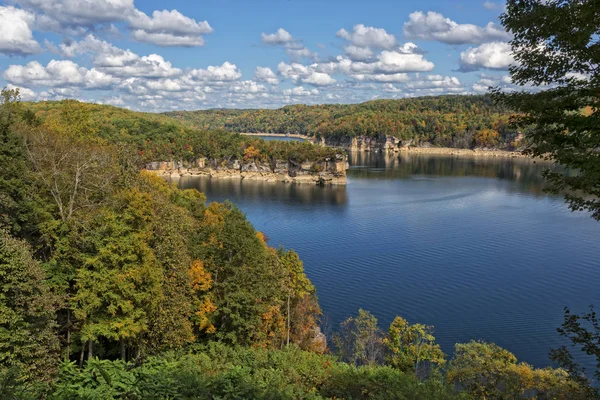
Though created through damming the Gauley River, this reservoir developed remarkable water clarity that was uncommon in the eastern United States. The limestone geology naturally filters incoming water, creating transparency that attracts scuba divers from across the region to explore underwater cliff faces and rock formations visible from the surface on calm days.
Lake Ouachita, Arkansas
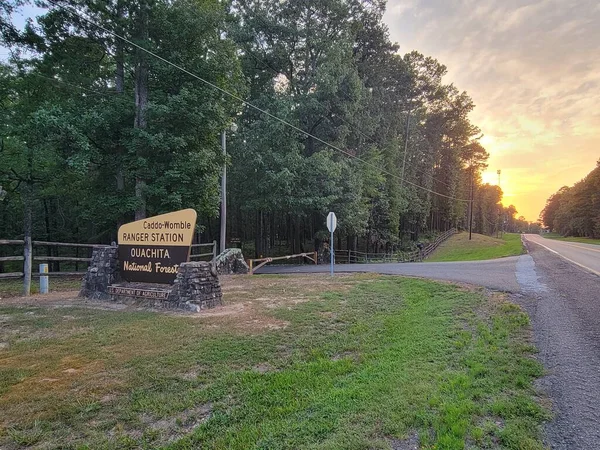
This 40,000-acre reservoir stands out among southern lakes for exceptional water clarity resulting from limited shoreline development and comprehensive watershed protection within the Ouachita National Forest.
The lake’s clear water reveals complex underwater topography, including submerged mountain ridges and valleys that create ideal conditions for diverse aquatic ecosystems visible to snorkelers and scuba divers.
Waldo Lake, Oregon
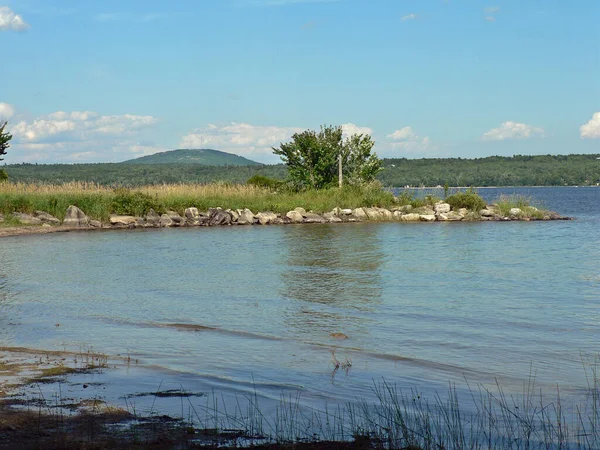
This pristine alpine gem in the Cascade Mountains boasts some of the purest water found anywhere on earth, with visibility approaching 157 feet. The remarkable transparency results from an undeveloped watershed, minimal sediment-carrying inflows, and high elevation that limits algae growth.
Paddlers often report the disconcerting sensation of floating above a bottomless abyss as the clear water creates optical illusions about depth. The lake’s extreme purity creates an environment so pristine that it supports almost no nutrients or microorganisms.
Like Travel Pug’s content? Follow us on MSN.
Our Crystalline Heritage
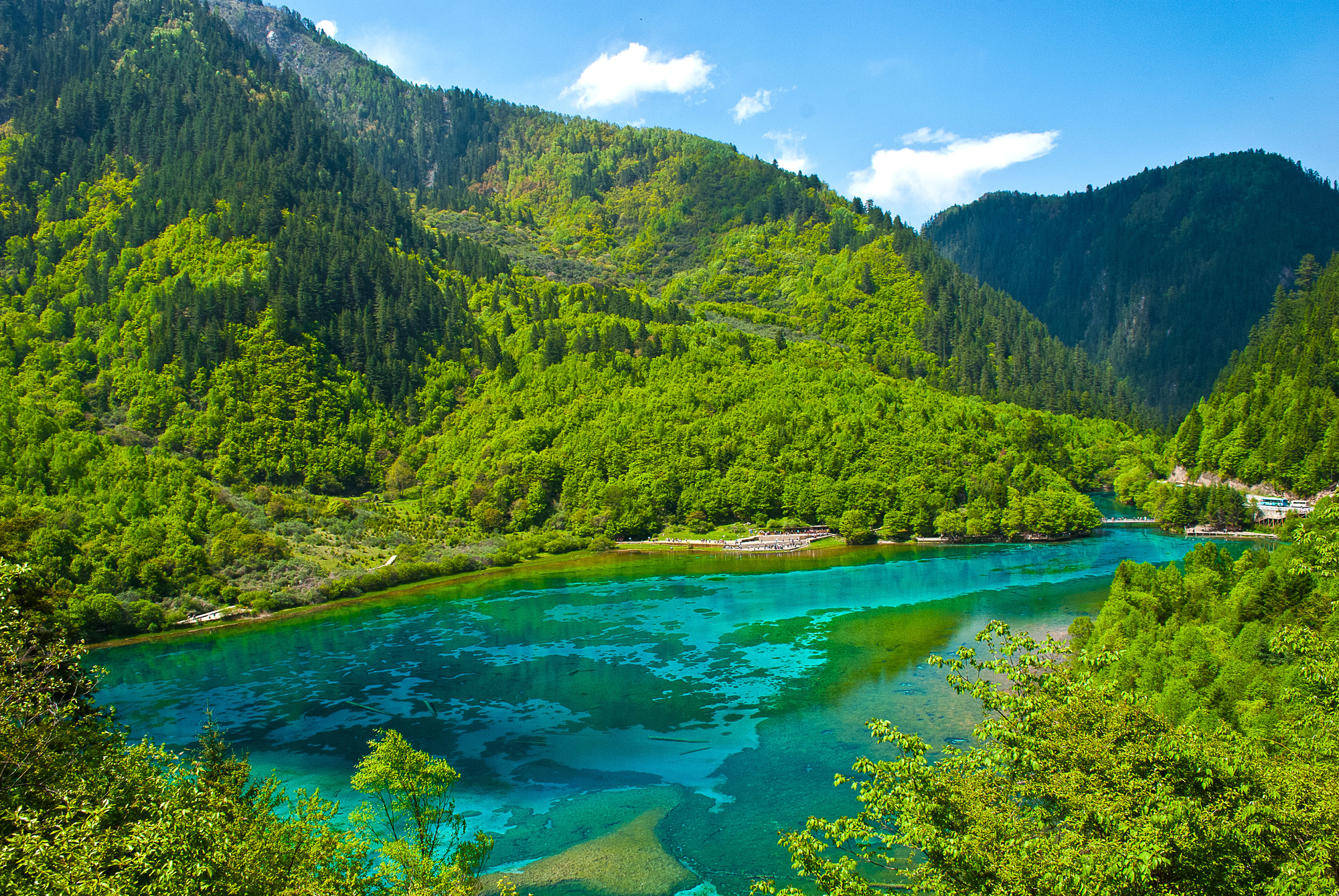
These remarkable lakes represent more than just scenic destinations—they serve as indicators of environmental health in their watersheds and provide critical baseline data for water quality research nationwide. Their clarity comes not through chance but through deliberate conservation efforts, geological good fortune, and in many cases, committed community stewardship spanning generations.
As climate change and development pressures mount, these crystal-clear waters remind us what’s possible when we prioritize watershed protection and recognize that a lake’s transparency reflects not just its beauty but the health of the entire landscape surrounding it.
More from Travel Pug

- Cities Growing so Fast You Won’t Recognize Them in 10 Years
- 13 Destinations Where Tourists Regularly Regret Their Trip
- 16 U.S. Cities That Are Quietly Becoming Travel Hotspots
- Where to Travel If You Love Long Bus Rides and Daydreams
- 20 Cities Perfect for Solo Travelers Who Crave Adventure & Culture
Like Travel Pug’s content? Follow us on MSN.
